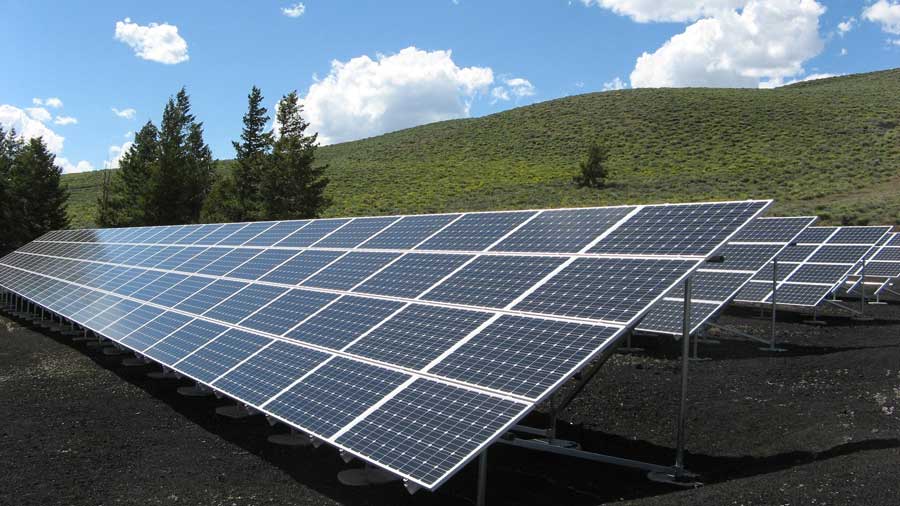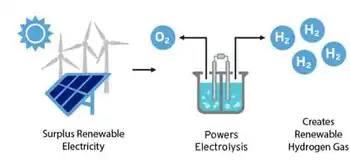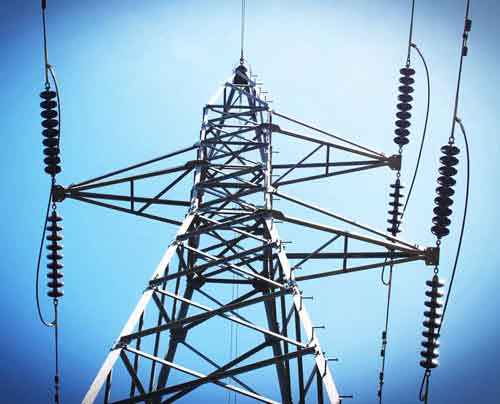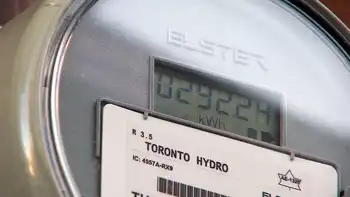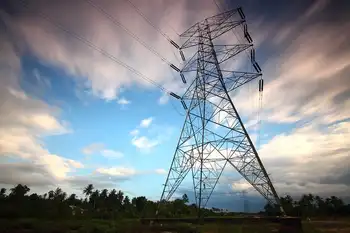Pensioner power battle generates sympathy
By Belfast Telegraph
CSA Z462 Arc Flash Training - Electrical Safety Essentials
Our customized live online or in‑person group training can be delivered to your staff at your location.

- Live Online
- 6 hours Instructor-led
- Group Training Available
John McCarter (74), who lives on the Seacoast Road between Benone and Downhill, has been trying to get electricity installed at his home for the past three years, and was stunned when NIE told him he would have to pay £67,000 to be connected to the grid.
With his meagre pension and benefits, Mr. McCarter has only £100 a week to live on and was unable to foot the massive bill to have his home connected.
After his plight was highlighted in the Belfast Telegraph, his story was picked up by the worldÂ’s media, including radio stations in Canada and the U.S., and Enniskillen-based company JF Andrews Engineering contacted Mr. McCarter and offered him a generator for free.
Speaking as he collected the brand new equipment, Mr. McCarter said: “This means an awful lot because I anticipate I’m not going to get mains power this year. NIE hasn’t been in touch with me at all but the Consumer Council has taken on my case and hopefully they will get it sorted.
“With the generator I am going to have lighting, washing machine and heating. It’s going to make my winter an awful lot easier. I didn’t think my story would cause as much interest as it did but I was on Canadian radio and none of them could believe in this day and age that I didn’t have power.”
Ashley McLernon, from JF Andrews Engineering, said he was determined to help Mr. McCarter when he heard about his situation.
“I thought I would try and make contact with Mr. McCarter and offer him a generator free of charge,” he said. “He is living on his own and isn’t far away from other people with electricity so I don’t understand why he should have to pay so much money to be connected to the grid.
“Having electricity is a fundamental right for someone living in our society so we were only too pleased to help Mr McCarter. I think that regardless of the cost, NIE should pay for Mr McCarter to be connected.”
A NIE spokeswoman said the high cost of connecting Mr McCarterÂ’s home to the main grid was due to the location of the property which is near an Area of Special Scientific Interest.
Loretta OÂ’Hara, head of consumer support at the Consumer Council, said it is working with NIE to resolve the situation.






